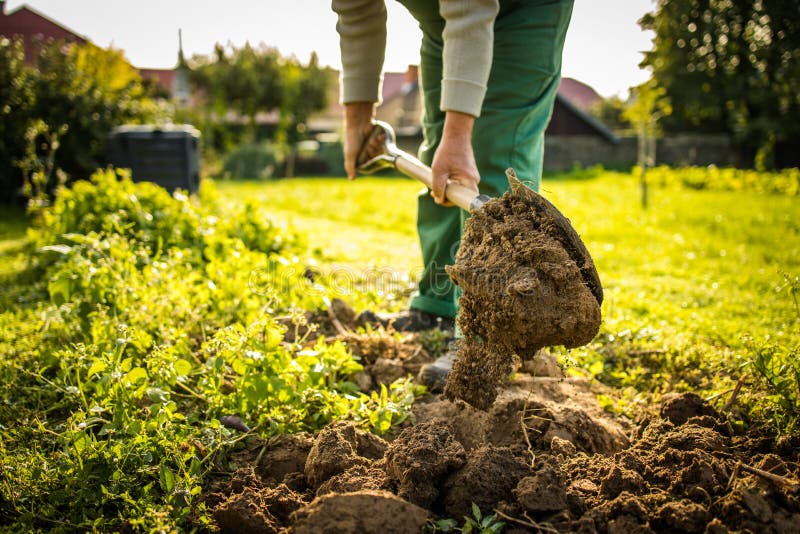Permaculture is a sustainable landscaping practice that focuses on creating a healthy, self-sustaining environment. It offers an innovative approach to designing and maintaining a beautiful, ecologically beneficial outdoor space. Understanding the five key benefits of permaculture design empowers everyone to make informed choices for an eco-friendly landscape.
5 Benefits of Permaculture Design
- Reduces Maintenance Needs: Permaculture design minimizes the required maintenance by fostering a harmonious balance in the environment. This harmony decreases the necessity for human intervention, meaning less time spent on mowing, weeding, and pruning and more time enjoying your outdoor space.
- Enhances Biodiversity: Permaculture design fosters a more diverse environment, attracting and supporting a wider range of wildlife. It also promotes a healthier balance between plants and animals, contributing to more robust ecosystems.
- Promotes Natural Resource Use: Emphasizing natural resources like rainwater and sunlight, permaculture maximizes sustainable landscaping efficiency. This conservation of water and energy reduces reliance on artificial resources.
- Improves Soil Health: Permaculture design establishes natural composting systems, enhancing soil health and productivity. It also mitigates erosion, as the soil becomes more resistant to washout.
- Increases Aesthetic Appeal: Permaculture design results in a visually pleasing landscape with natural elements that create a tranquil and inviting outdoor environment ideal for relaxation.
In conclusion, permaculture design offers numerous advantages, with the discussed five benefits representing only a fraction. By embracing these principles, individuals can create sustainable, eco-friendly, and visually appealing outdoor spaces for everyone to enjoy. It’s a harmonious way to connect with nature while positively impacting the world around us.

